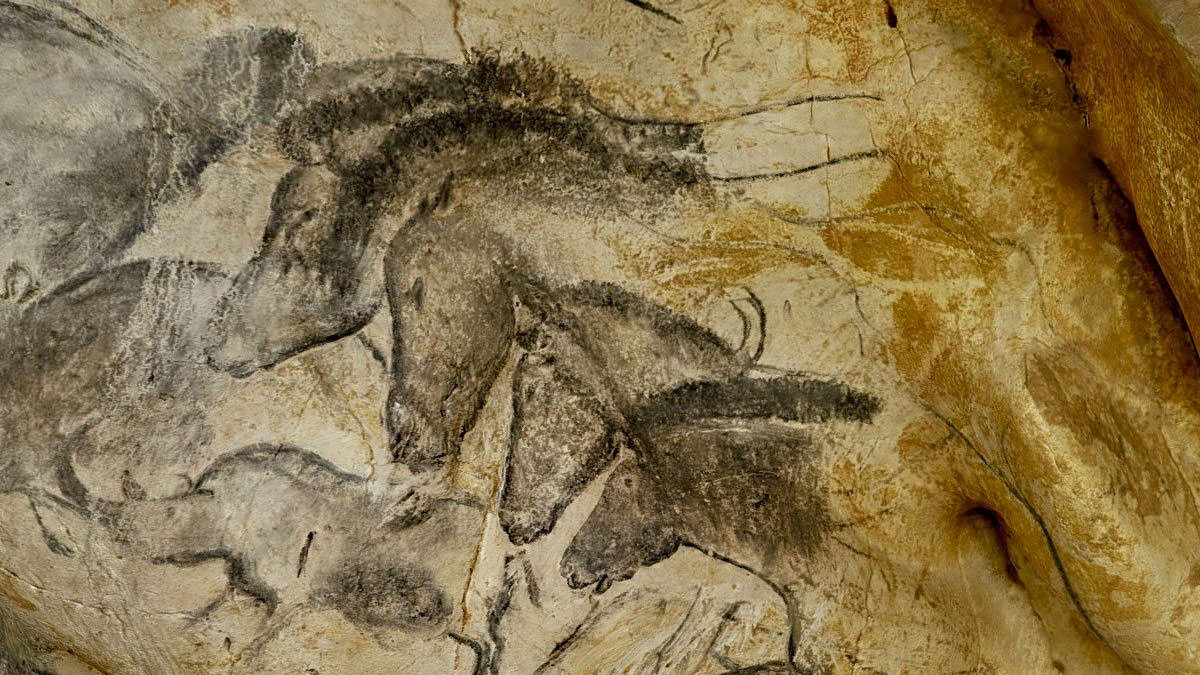Grotte Chauvet (Chauvet Cave) is located near Vallon-Pont-d Arc in southeastern France. It was first discovered in 1994 by three people including Jean-Marie Chauvet, after whom the cave is named. The cave’s discoverers took great care not to disturb any traces of human activity on the floor. Due to this, Grotte Chauvet has provided perhaps the greatest opportunity for study of Upper Paleolithic cave representations.
The cave is dominated by animal representations with 427 such artworks found till date. They depict 17 species including lions, bears and aurochs (wild ox, now extinct). Moreover, they are known for their remarkable realism and aesthetic mastery. Panel of the Horses is among the best known artworks from the Grotte Chauvet.
Table of Contents
S1 – Discovery
The Chauvet Cave was discovered on December 18, 1994 by three friends and weekend cavers named Jean-Marie Chauvet, Eliette Brunel and Christian Hillaire. The three followed air currents into an aperture in a limestone cliff. They used hammers and awls to remove obstacles and make their way through a narrow passage. Brunel, who was leading the way, first realized what they had discovered and shouted to her companions, “They have been here”.
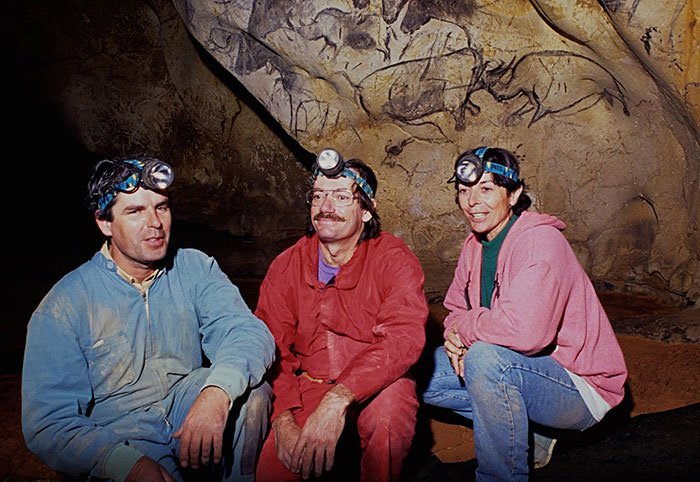
The trio described the discovery in their memoir: “We found ourselves in front of a rock wall covered entirely with red ocher drawings. The panel contained a mammoth with a long trunk, then a lion with red dots spattered around its snout in an arc, like drops of blood. We crouched on our heels, gazing at the cave wall, mute with stupefaction.”
S2 – Description
This panel is usually interpreted as four horses painted in perspective. However, if we look closely, the relative size of the four horses is exactly opposite of what we would expect in a perspective drawing. Moreover, the behavioral impossibility of the scene also puts a question mark on the perspective theory. If we look from left to right: the first is a calmly walking horse; the second has an aggressive posture with its ears flattened backwards; the third has a relaxed posture and is perhaps sleeping; the fourth is alert with its mouth open, perhaps snorting. Such diverse behavior of a group of horses wouldn’t be observed in nature.

So, what does it actually represent. It is theorized that the depiction is of the same horse in different behaviors or life-phases. Another explanation is that it could be an attempt to depict the postures themselves, not concerning with the horse. These explanations suggest that it is not space but time that is the primary focus of the panel. This is remarkable for the time when this panel was created.
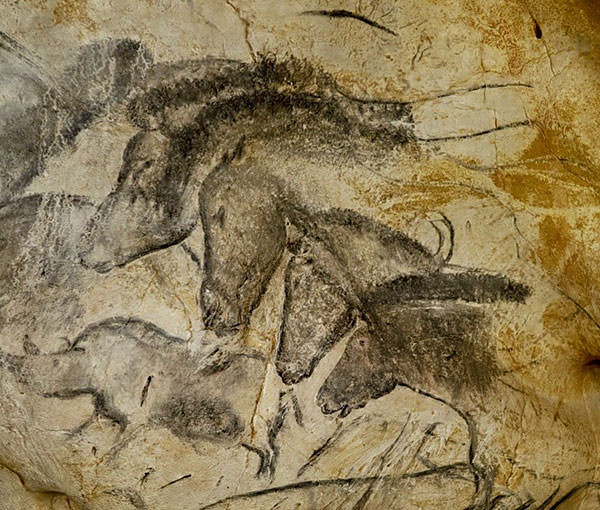
S3 – Age
In 1996, the paintings on the walls of the Chauvet Cave were declared to be 33,000 years old by radiocarbon dating. The complexity of the paintings shook the world of artists and art historians as the techniques used were assumed to have emerged recently in the Western tradition. These included perspective drawing and field preparation to control contrast and light.
S4 – Prehistoric Rock Art Purpose
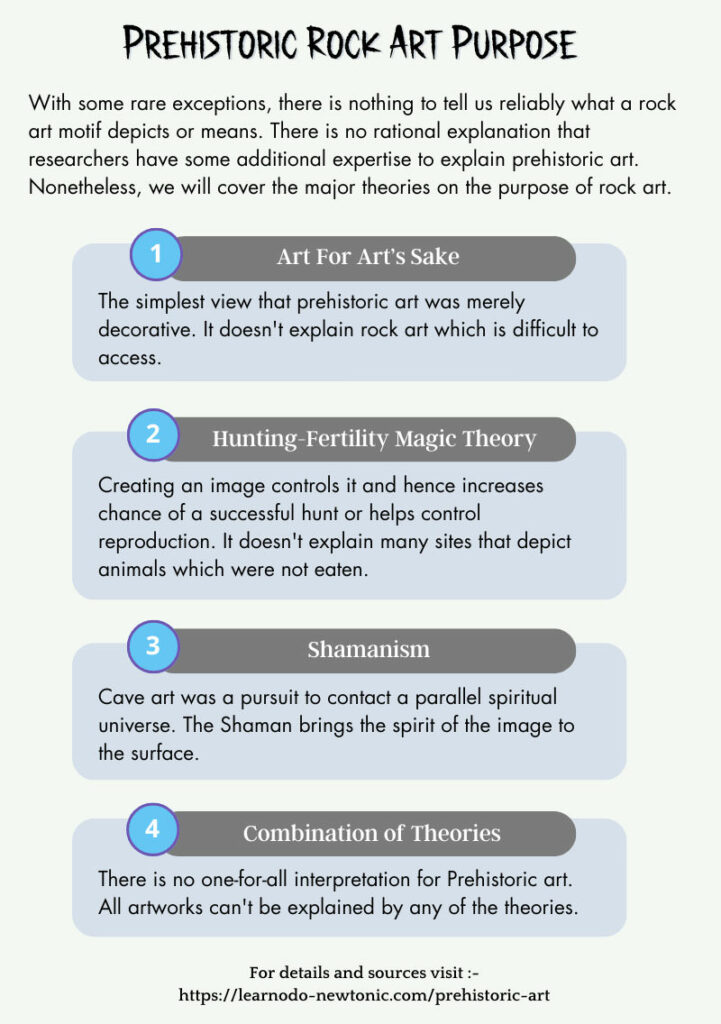
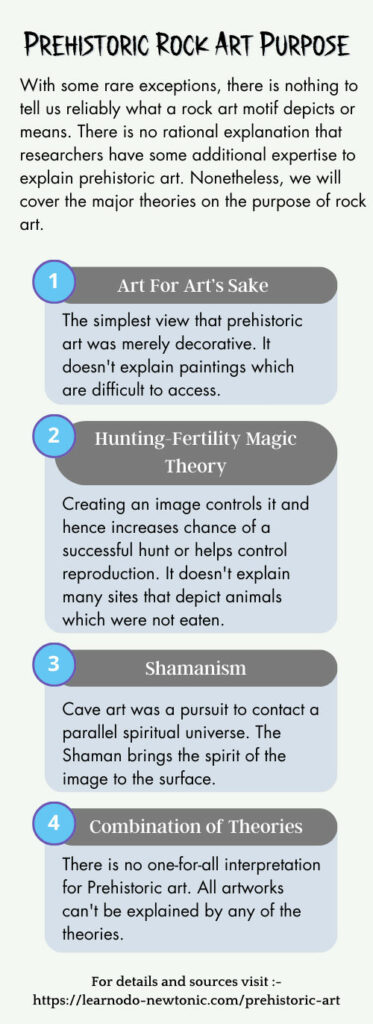
S5 – Paleolithic Art Overview
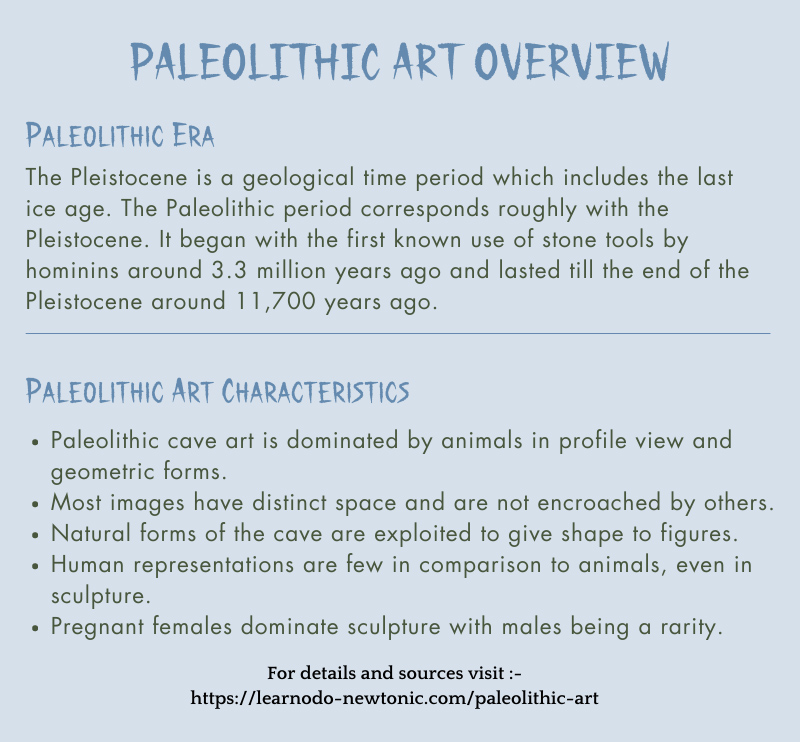
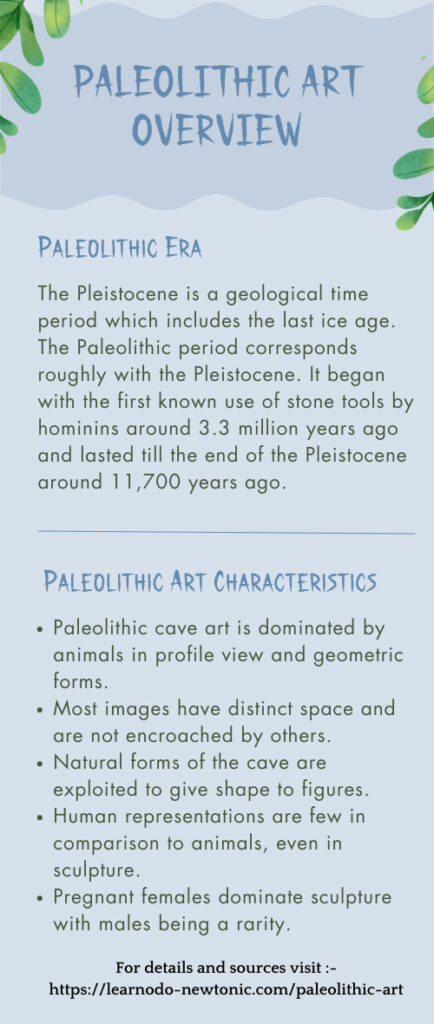
Main Sources
S1, S3:-
Hammer, Joshua. (Apr 2015). “Finally, the Beauty of France’s Chauvet Cave Makes its Grand Public Debut”. Smithsonian Magazine.
White, Randall. (2003). “Prehistoric art: the symbolic journey of humankind.” p58.
S2:-
White, Randall. (2003). “Prehistoric art: the symbolic journey of humankind.” p79,80.

